The Herbst Palace is inseparably linked to the history of the Herbst and the Scheibler families, considered the wealthiest and most influential industrialist families not only in Łódź, but in all of Poland in the 2nd half of the 19th century. The design of the interiors and the new arrangement of the rooms were based on documents from the Office of the Head Conservationist and archival photographic material that was uncovered. New sources of information have enabled preservationists to restore the interiors to what they might have looked like when the Herbst family lived in the Palace.
When in the 1970s the villa of the Herbst family was taken over by the Muzeum Sztuki (Museum of Art) in Łódź to transform it into a functioning exhibition of its interiors, the lack of original furnishings and sufficient documentation were serious challenges. The Palace was initially designed based on much more limited access to information and archival materials. Recent research studies have substantially expanded the Museum's knowledge in these areas.
Following the renovation the rooms in the Palace are more impressive and much closer to the original style. Details have been carefully restored, the furniture in the exhibition has been renovated and the current wallpaper pattern is much more similar to the historical original as well. The exhibition shows lavishly furnished representation halls and private rooms of the owners while new exhibition layout smoothly pulls you into the spirit of the epoch.


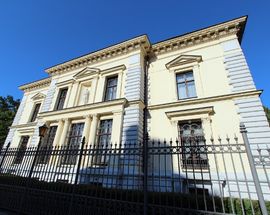
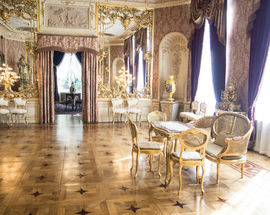
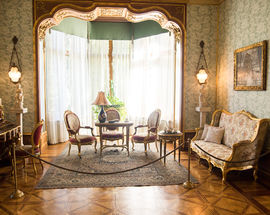
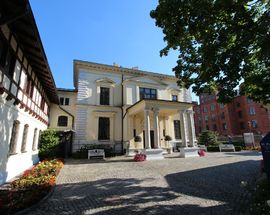
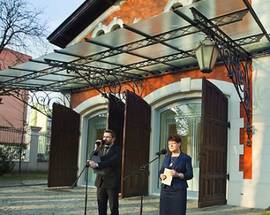
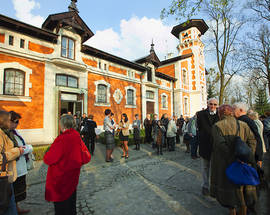
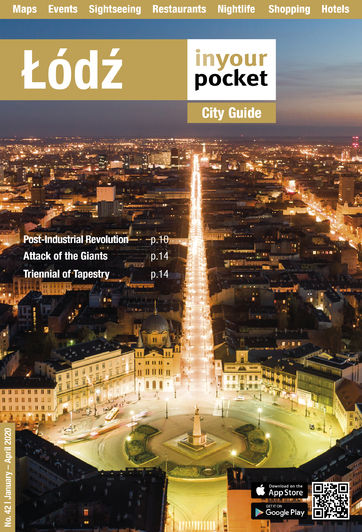
Comments
wściekły pies
Krystyna I have pointed this out to them before but they haven't bothered to change it. Just as their translation of wściekły pies which I say should be rabid dog not mad dog.
Editor
Good catch Krystyna and you're right! We've changed it accordingly. Thanks for being such a careful reader.
Krystyna Cygielska
There is a serious error in translation.Księży Młyn doesn't mean Prince's Mill.I would be in Polish "Książęcy Młyn".Księży Młyn means Priest's Mill.